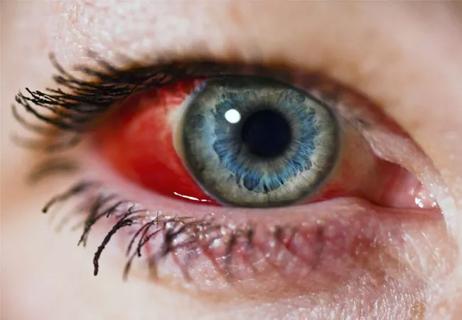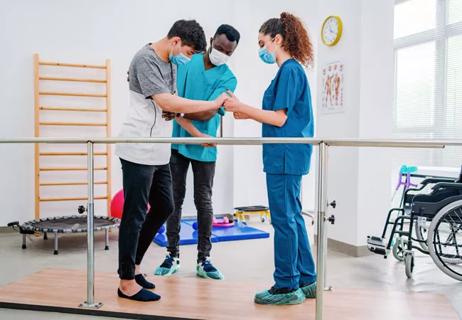Challenges emerge with application of interim PET scans

Although frontline treatment for classical Hodgkin’s lymphoma (cHL) is intended to be curative, a surprisingly high percentage of patients treated in the community setting receive subsequent therapy. This is one of many issues raised from a retrospective analysis of patients treated with ABVD in the real-world setting.
Advertisement
Cleveland Clinic is a non-profit academic medical center. Advertising on our site helps support our mission. We do not endorse non-Cleveland Clinic products or services. Policy
In 2018, the RATHL study demonstrated that patients with advanced stage cHL could be treated with ABVD (doxorubicin, bleomycin, vinblastine and dacarbazine) for two cycles, and then potentially omit bleomycin in subsequent cycles based on an interim PET scan. This provided the opportunity to deescalate therapy and therefore reduce toxicity when warranted. However, a new study found that in many cases, the interim PET scan was not being used appropriately to make these treatment decisions.
The ECHELON-1 trial demonstrated an overall survival advantage for patients receiving AAVD (brentuximab vedotin, doxorubicin, vinblastine and dacarbazine) compared to ABVD, and is leading to changes in clinical practice in patients with advanced stage disease. However, patients receiving these treatments in real-world settings still have different experiences than those in clinical trials. To that end, a team of researchers set out to understand the treatment patterns, characteristics and outcomes of patients who had been treated with ABVD in the real world.
In analyzing de-identified electronic health records of 167 patients with stage 3 and 4 cHL treated with 1L ABVD, researchers found notable differences in the experiences of those in the real world compared to those in clinical trials.
Advertisement
“Although outcomes of patients on clinical trials is often superior to the real-world setting, the differences in these numbers is notable, even when you consider the strict eligibility criteria of trials,” says Allison Winter, MD, lead study author and a hematologist/oncologist with Cleveland Clinic. “What is causing those higher rates? Are things slipping through the cracks? Are patients receiving additional toxicity they don’t need?”
Additionally, researchers were surprised to discover how ABVD protocols were being applied in the real world. In 15 cases, the provider deescalated the patient’s therapy despite having no Deauville score reported. Even more concerning, in three cases, the provider deescalated treatment when the interim PET scan showed a Deauville score of 4 or 5 — which would indicate the need to escalate treatment.
“What’s important to recognize is that oncology practices vary across different settings,” says Dr. Winter. “Although it’s exciting that a protocol may offer the opportunity to deescalate therapy, getting the necessary interim PET scan may not be the easiest regimen to follow in the community setting. The logistics of getting a PET scan through insurance in a timely manner and getting a radiologist to provide a Deauville score between cycles two and three is a lot harder than it sounds.”
The application of the PET scan was just one issue. The researchers found 34.9% of patients had received primary prophylaxis with granulocyte-colony stimulating factor (GCSF), although NCCN guidelines specifically state that GCSF is not recommended for patients receiving ABVD.
Advertisement
The study highlights challenges in the community setting with some regimens, as well as the need for additional education amid a rapidly changing treatment landscape. “It’s very hard to keep up with all the updates in oncology,” says Dr. Winter. “These datasets help us think outside our own space and appreciate challenges that are very real, such as obtaining a PET scan, and how a regimen may be less effective if it’s too complicated. This knowledge emphasizes the importance of transitioning to AAVD as front-line treatment for advanced-stage disease.”
Advertisement
Advertisement

Key themes and insights into the family-caregiver experience

First-of-its-kind clinic for immune-related adverse events supports oncologists in managing severe side effects

Early communication between oncologists and ophthalmologist warranted

Variables affect nuances of the conversation

Driving advances in cancer care

Complex, bidirectional interactions exist between cancer, therapy, toxicities and eating behaviors

Helping patients with cancer struggling with depression, anxiety and other mental health issues

How ‘Let’s Get Moving!’ is improving physical activity in children undergoing cancer treatment